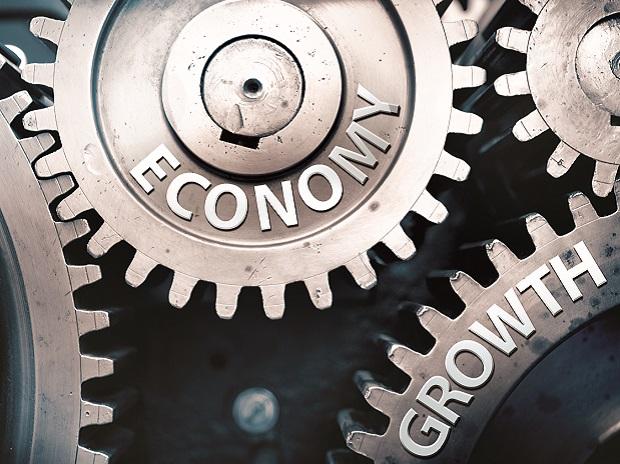[ad_1]
India’s GDP growth will slow down to 5.5 per cent in FY24 from the 6.9 per cent expected in the current fiscal 2022-23, a Swiss brokerage said on Wednesday.
The slowdown was attributed to slowing global growth and tightening of monetary policies in the report by economists at UBS India.
It said India will be among the “lesser affected economies” in the world, but made it clear that the world’s fifth largest economy is not immune from global headwinds.
“Factoring in the delayed impact of monetary tightening on domestic demand, we continue to expect India’s growth to remain below consensus in FY24. In our base case, we expect India’s real GDP growth to slow from 6.9 per cent in FY23 to 5.5 per cent in FY24 before settling at the long-run average of 6 per cent in FY25,” the report said.
Responding to high domestic inflation and rate hikes by global central banks, the RBI has already hiked the policy rate by 1.90 per cent since May this year and is only expected to hike more, which can have an impact on growth with a lag.
The brokerage said it expects a normalisation in consumer spending after the spurt seen in the immediate aftermath of the COVID reopening fades, and households’ purchasing power is impacted by tight monetary policy, the depletion of accumulated pandemic savings and an incomplete labour market recovery.
This will lead companies to defer investment plans as there is uncertainty on demand, leading to a moderation in the capital expenditure (capex), it noted.
The government will continue to boost public capex, which could help mitigate some of the adverse impact and encourage private capex, albeit with a lag, it said, adding that export will also come under pressure due to the global cues.
The brokerage, however, said India’s structural growth story is intact but the country needs to make managing macro stability risks in the near term the key priority now.
“India is seeing elevated inflation, a deteriorating current account deficit (CAD) and a stretched fiscal position. This poses a dilemma for India’s policymakers on how to judiciously use monetary and fiscal policy tools to reduce growth downside risks while maintaining financial stability,” it said.
The RBI will respond by taking the middle path by allowing for gradual depreciation in the rupee while keeping the rate actions in sync with global central banks. The government will go slow on fiscal consolidation by opting to support growth in FY24, given that it will be facing a general election in 2024, it said.
(Only the headline and picture of this report may have been reworked by the Business Standard staff; the rest of the content is auto-generated from a syndicated feed.)
[ad_2]
Source link



